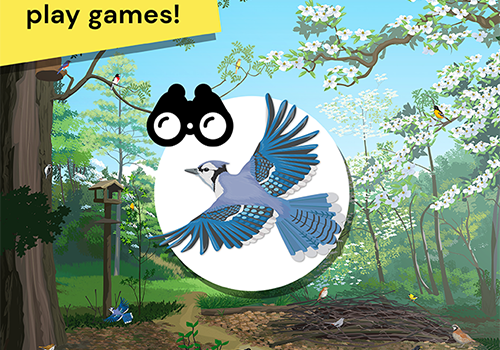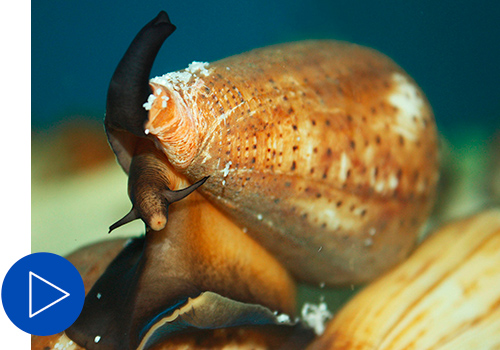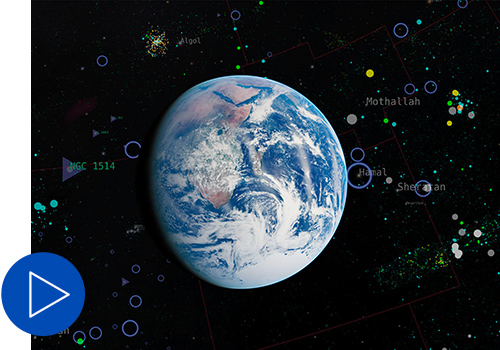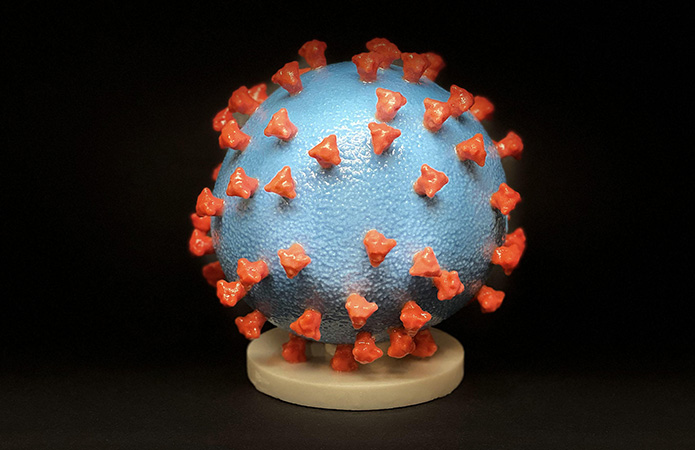While the Museum has closed its buildings during the COVID-19 outbreak, our work continues. We're here to help you explore our exhibits and other resources from home—and we look forward to welcoming you back as soon as we can. Visit amnh.org/health-safety for updates.
ONLINE PROGRAM
COVID-19: Origins, Spread, and Impacts
How does a virus that may have originated in bats jump to humans? How do we model the spread of an infection? And how do racial inequities in health and healthcare affect how a pandemic unfolds? For part one of a two-part series, join an online discussion at noon EDT on Wednesday, June 17, with Museum Curator Nancy Simmons, social epidemiologist Lisa Cooper, and public health and policy expert Joshua Sharfstein, moderated by The New York Times science writer Apoorva Mandavilli. You don't need to have a Facebook account to join.
OLOGY APP
 Now available: OLogy: Science for Kids, the new Museum app for iPad
Now available: OLogy: Science for Kids, the new Museum app for iPad
OLogy, the Museum’s award-winning science website for kids, is now available as a free app for iPad! Developed by Museum educators with some of the world’s leading scientists, the app’s 30-plus games, videos, and articles cover science topics from archaeology to zoology. Plus, it’s ad-free and can be used offline for on-the-go learning.
 ONLINE PROGRAM
ONLINE PROGRAM
Scientists at Home: Killer Marine Snails
Did you know that snail venom can be used to treat pain? Join Museum Research Associate Mandë Holford, a chemical marine biologist, on Thursday, June 18, at 2 pm EDT as she discusses her research on the evolution of venom in marine snails. Find out about these incredible marine animals and how their venom is transforming lives when it’s used to create new therapies for treating human diseases.
 LIVESTREAM
LIVESTREAM
Field Trip: Mapping the Universe
At 1 pm ET on Friday, June 19, join Director of Astrovisualization Carter Emmart and astrophysicist Jackie Faherty on a live field trip to the edge of the observable universe to learn how scientists map space: how we calculate distances of stars far outside our solar system, how much of the sky has been mapped, how we might fill in the gaps, and more.

